Knowing how to measure shorts inseam is essential for finding the right fit. Many people buy shorts online and end up disappointed. The problem often lies in incorrect sizing, especially in leg length.
The inseam directly affects comfort, style, and function. Too short may feel awkward. Too long can bunch or drag on the ground. Learning how to measure shorts inseam helps avoid these issues. It ensures you get a pair that looks good and feels great.
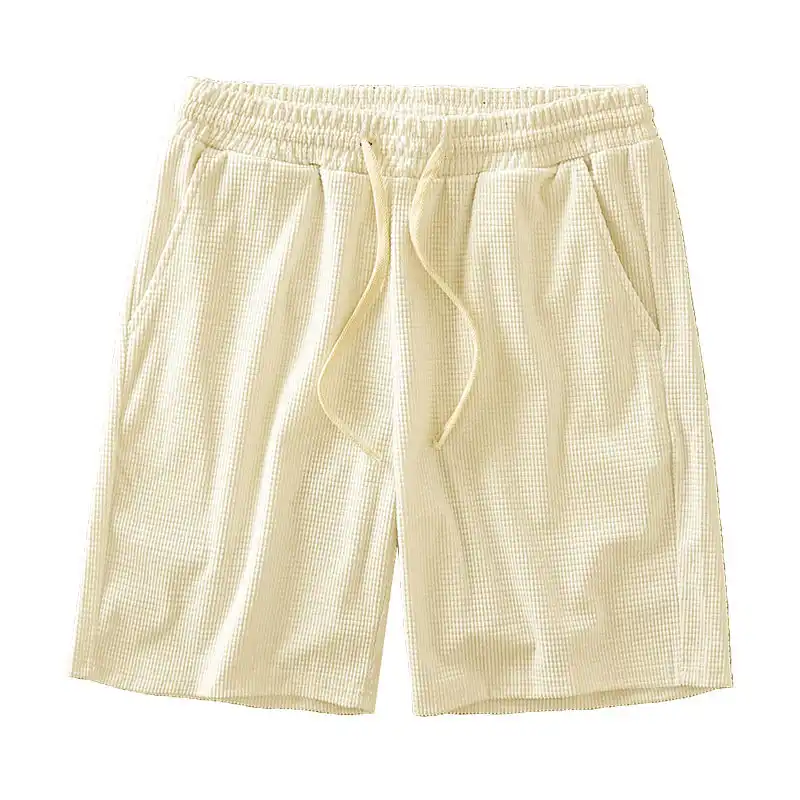 Why Accurate Inseam Measurement Matters for Comfort
Why Accurate Inseam Measurement Matters for Comfort
Getting the inseam right improves daily comfort. Shorts that are too tight at the thigh or too long in the leg restrict movement. This can be frustrating during walks, workouts, or casual outings.
Additionally, an accurate inseam supports proper posture. When fabric pulls or sags, it forces you to adjust constantly. This leads to distraction and discomfort.
For athletic use, precision is even more important. Running, cycling, or training requires freedom of motion. A well-measured inseam allows full range without friction.
Even in fashion, proportions matter. The ideal length hits at a flattering point on the leg. Most styles look best between mid-thigh and knee level.
Buying based on guesswork often leads to returns. Measuring first saves time and money. It also reduces packaging waste from shipping.
Overall, taking a few minutes to measure pays off in long-term satisfaction.
How Inseam Length Affects Style and Function
Inseam length changes how shorts appear and perform. Shorter lengths, like 3–5 inches, give a sporty, modern look. They work well for running and gym sessions.
Mid-length options, around 7 inches, suit everyday wear. These fall just above the knee. They balance coverage and breathability.
Longer inseams, such as 9–11 inches, offer more protection. They reduce chafing during long walks. These are common in hiking or utility shorts.
Some styles depend heavily on inseam. Board shorts usually have longer legs. Tailored linen shorts stay shorter for elegance.
Fit also varies by body type. Tall individuals may prefer longer cuts. Petite frames often look better with shorter hemlines.
Function matters too. Cyclists need longer inseams for padding coverage. Swimmers require minimal fabric for mobility.
Choosing the right length enhances both form and purpose.
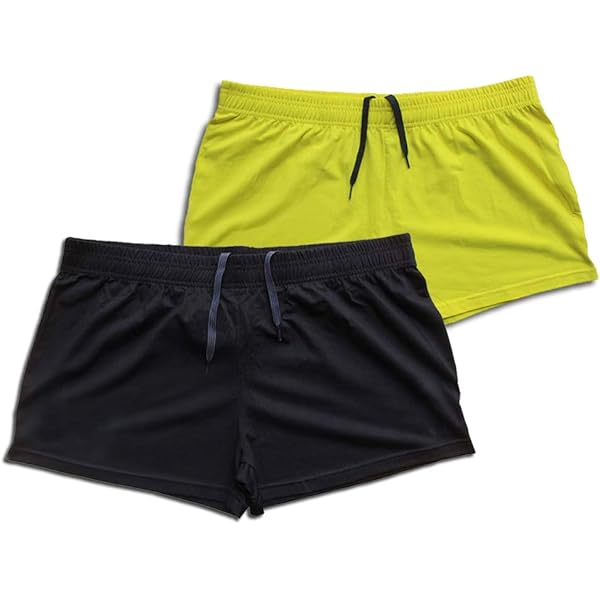 Tools You Need to Measure Shorts Inseam Correctly
Tools You Need to Measure Shorts Inseam Correctly
How to measure shorts inseam? You don’t need special equipment to measure shorts inseam. A soft measuring tape is the most important tool. It bends easily along fabric curves.
If you don’t have one, use a string and a ruler. Wrap the string from crotch to hem. Then measure the string against the ruler.
A mirror helps ensure accuracy. Stand straight and relaxed. Avoid pulling the tape too tight.
Good lighting makes it easier to see seam lines. Natural light near a window works best.
Wear fitted clothing or underwear while measuring. Loose pants can shift and give false results.
Have a second person assist if possible. They can hold the tape steady. This reduces human error.
Always double-check your number. One measurement might be off. Repeat once to confirm.
These simple tools make the process quick and reliable.
Step-by-Step Instructions for Measuring Inseam
Start by putting on a pair of well-fitting shorts. Choose ones you already own and like the fit of.
Turn them inside out. Locate the crotch seam where the legs meet. This is your starting point.
Place the end of the measuring tape here. Hold it firmly against the fabric.
Run the tape down the inner leg. Follow the seam all the way to the bottom edge. Stop at the hemline.
Keep the tape flat and straight. Do not curve it around the leg. Measure in a direct line.
Read the number where the tape meets the edge. This is your inseam length in inches.
Write it down immediately. Memory can be unreliable.
Repeat on the other leg to check for symmetry. Most shorts are even, but not always.
Now you have an exact measurement. Use this when shopping online or comparing sizes.
How to Measure Your Own Leg Inseam for Custom Fit
Sometimes you need to measure your body, not the shorts. This method works when buying new brands or custom tailoring.
Stand barefoot on a flat surface. Keep your feet shoulder-width apart. Wear thin socks or none at all.
Place a hardcover book or ruler between your legs. Push it gently upward. It should mimic the position of the crotch seam.
Make sure the book is level and horizontal. Ask someone to help if needed. Accuracy depends on correct placement.
Use a measuring tape to run from the top of the book to the floor. Follow the inside of your leg.
Keep the tape straight and snug. Do not pull too tightly. Read the measurement at the floor.
This number is your personal leg inseam. Compare it to brand size charts.
Remember, this measures to the floor. Subtract shoe height if needed. For example, subtract 1 inch for sneakers.
Now you know your exact fit baseline.
Differences Between Garment Inseam and Body Inseam
Garment inseam and body inseam are not the same. The garment inseam is measured on the actual shorts. It runs from crotch to hem.
Body inseam refers to your leg length. It goes from crotch to floor. This helps determine ideal short length.
When shopping, compare your body inseam to product details. Some brands list recommended body heights. Others provide fit models.
For example, a 7-inch inseam may hit mid-thigh on someone who is 5’8”. On a taller person, it might sit higher.
Understanding this difference prevents mistakes. It helps you predict how shorts will look on you.
Also, consider rise—the distance from front to back waistband. High-rise shorts sit higher on the hips. This affects overall leg appearance.
Low-rise styles start lower. They make the leg look longer even with the same inseam.
Always check both measurements before buying.
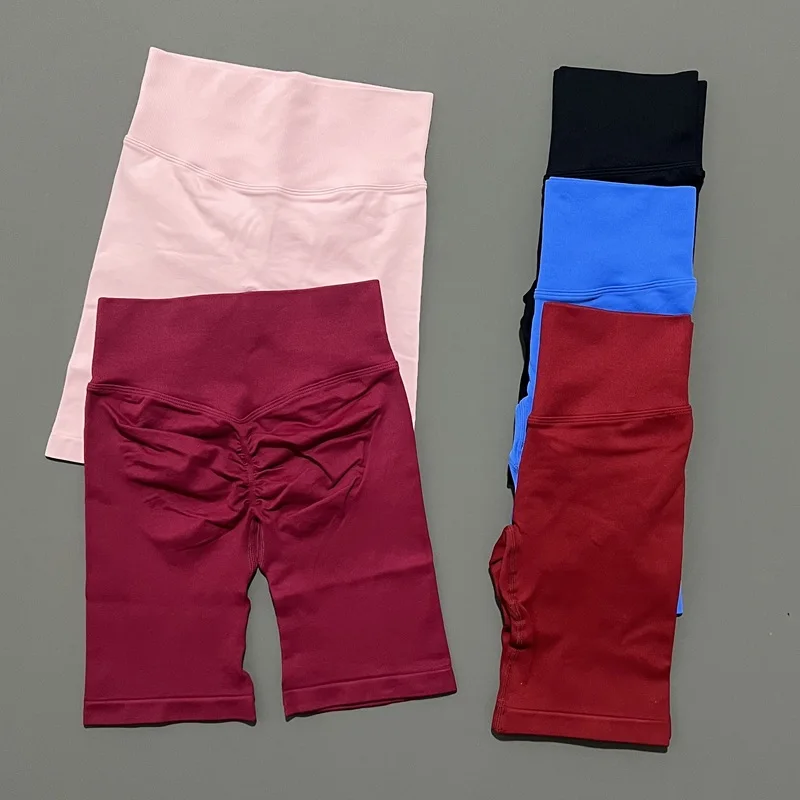 How Inseam Length Varies by Shorts Type
How Inseam Length Varies by Shorts Type
Different types of shorts have standard inseam ranges. Knowing these helps narrow choices.
Running shorts often have 3–5 inch inseams. This allows maximum leg movement. Liners provide support underneath.
Basketball shorts are longer, usually 9–11 inches. They drape over the knees. This gives a classic athletic look.
Chino or dress shorts average 7–9 inches. They offer a polished appearance. These work for casual offices or dinners.
Board shorts typically measure 9–12 inches. They are designed for water activities. Fabric dries quickly and resists fading.
Golf shorts vary widely. Some are tailored at 7 inches. Others go longer for tradition. Always check course dress codes.
Cycling shorts include built-in liners. Their inseams range from 6–10 inches. Padding alignment is key.
Denim cutoffs depend on style. DIY pairs vary greatly. Pre-made versions often fall between 5–8 inches.
Each category has norms. Use them as a starting point.
Tips for Buying Shorts Online Using Inseam Size
Shopping online requires extra caution. Sizes differ across brands and countries. One brand’s small may be another’s medium.
Always check the size chart. Look for actual inseam measurements, not just S/M/L.
Read customer reviews. Shoppers often mention if a pair runs long or short. Some say “size up” or “runs small.”
Use your recorded inseam number as a guide. Filter products by length if the site allows.
Compare photos with models. Many sites show height and inseam worn. This gives visual context.
Avoid guessing based on past purchases. New lines may cut differently. Stick to data, not memory.
Contact customer service if unsure. Most brands respond quickly. They can confirm measurements.
Save your numbers in a note. Include favorite fits for future reference.
Smart habits lead to better buys.
How to Adjust Inseam After Purchase
Sometimes you get shorts that are slightly too long. Instead of returning them, consider adjustments.
Hemming is a simple fix. Fold the edge and sew a new line. Use matching thread for a clean look.
Or take them to a tailor. Most can shorten inseam quickly. Cost is usually low.
For temporary fixes, cuff the bottom. This raises the hem without cutting. Works best on casual styles.
Avoid wearing shoes that add height. Flat sandals or loafers reduce the gap.
If too short, layer with longer tops. Oversized shirts draw attention upward.
Unfortunately, you can’t lengthen fabric. Prevention through accurate measuring is key.
Always try walking and sitting in new shorts. Movement affects how inseam feels.
Adjustments improve fit but prevention is better.
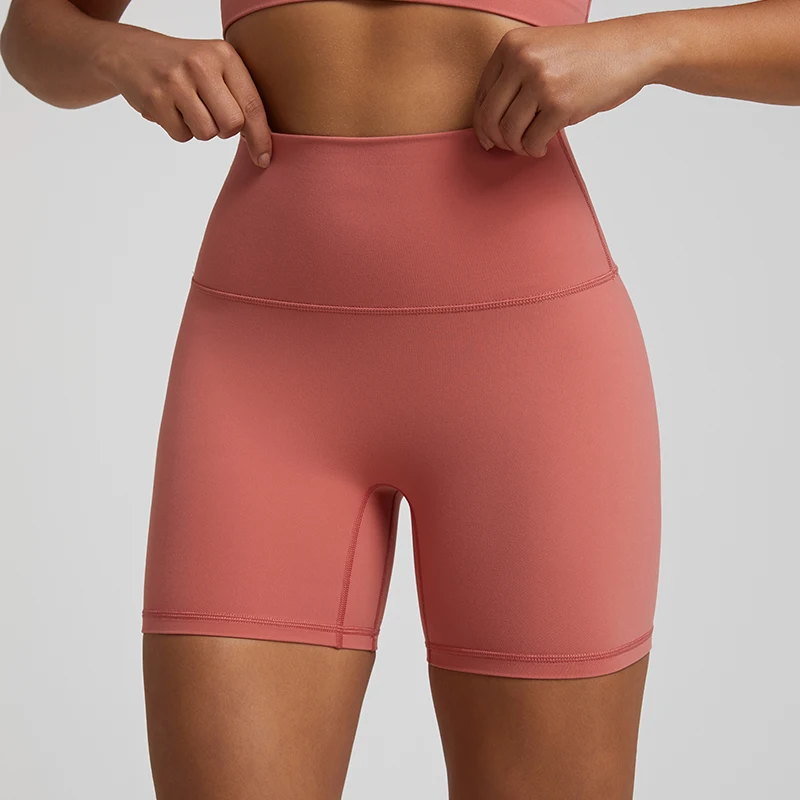 Frequently Asked Questions About How to Measure Shorts Inseam
Frequently Asked Questions About How to Measure Shorts Inseam
What is the inseam on shorts?
It’s the inner seam from crotch to hem. It determines leg length and fit.
Should I measure the inseam on the left or right leg?
Measure both. Most are the same, but differences happen. Use the longer one.
Do all brands measure inseam the same way?
Most do, but always verify. Some include waistband thickness.
How tight should the measuring tape be?
Snug but not pressing. Let it lie flat against the fabric.
Can I use a phone app to measure?
Some apps work, but physical tape is more reliable. Test both if possible.
Does rise affect inseam?
Indirectly. Higher rise starts the leg higher. This changes overall look.
Why do my shorts ride up?
Inseam may be too short or fabric lacks stretch. Check both fit and material.
Is 5-inch inseam too short for adults?
No. It’s common in performance wear. Fit depends on body and style preference.
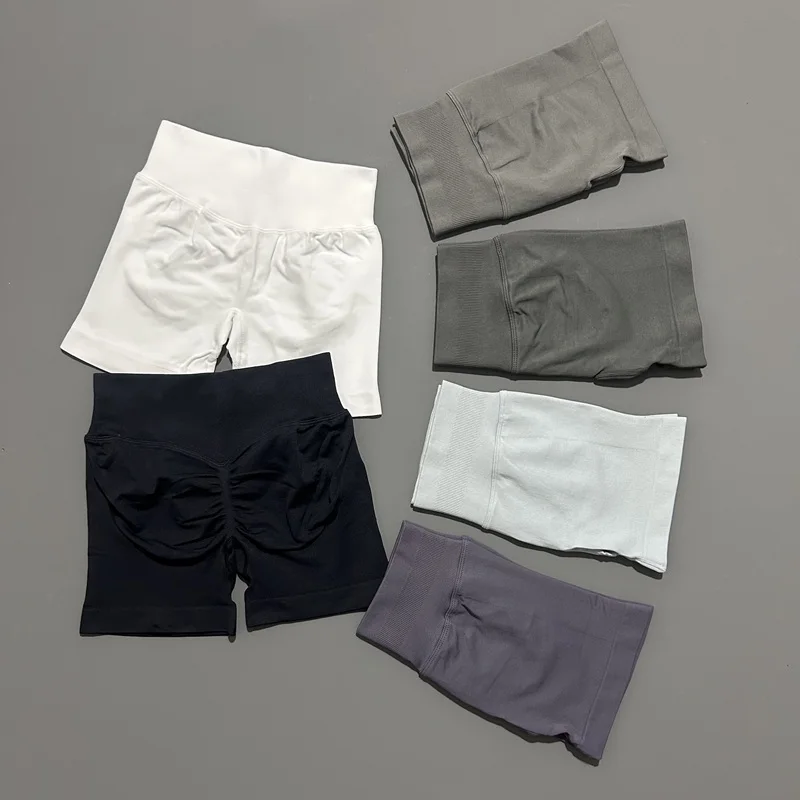 Final Thoughts on Mastering How to Measure Shorts Inseam
Final Thoughts on Mastering How to Measure Shorts Inseam
Learning how to measure shorts inseam transforms your shopping experience. It removes guesswork and boosts confidence. You’ll buy less and enjoy more.
Accurate measurements lead to better comfort and style. Whether for sports, work, or weekends, fit matters.
Use the steps outlined to record your numbers. Keep them handy for future purchases.
Over time, you’ll recognize patterns in brands. Some consistently fit well. Others run long or short.
This knowledge saves time and reduces returns. It also supports sustainable fashion. Fewer shipments mean less environmental impact.
In the end, knowing how to measure shorts inseam is a simple skill with lasting benefits. Every shopper should master it.

